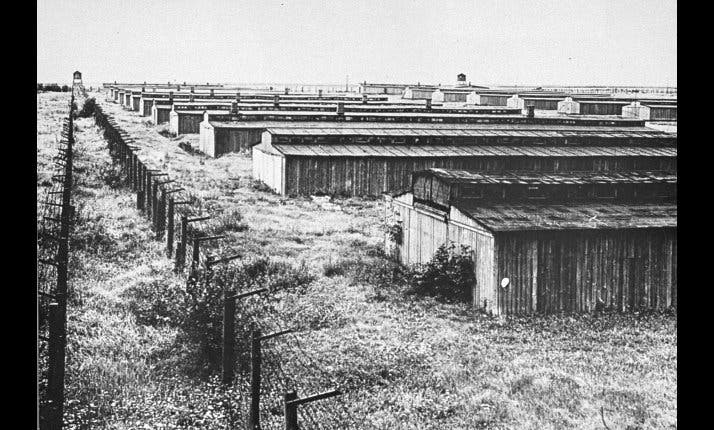Heinrich Himmler was a leading member of the Nazi Party during World War II. Often thought as Hitler’s second-in-command, he was one of those responsible for developing and carrying out Jewish exterminations. Now, Russian sources have digitized and published some of his diaries and they’re seriously disturbing.
The Russian military took most of the Nazi documents and journals. When the Iron Curtain fell over Europe, many of these writings were made inaccessible to the West, and have remained so to this day. However, in recent years, Russia has been more open and has even started to share some of its document trove online; one example of particular importance is 1,000 pages of diary entries from Heinrich Himmler, the architect of the Holocaust.
According to Ben Knight at Deutsche Welle, the diaries were discovered in Russian military archives in Podolsk, a suburb of Moscow, in 2013. They have not been made open to the public, but journalist Damian Imoehl got an early look at the documents, publishing some excerpts in the German magazine Bild. These already paint a highly disturbing picture, with Himmler switching from his persona as a caring father and husband to mass murderer. He wrote, with striking indifference, how he would assist a mass murder and then attend a reception later the same day. Imoehl tells David Charter at The Times of London:
“He was very careful about his wife and daughter, as well as his affair with his secretary. He takes care of his comrades and friends. Then there is the man of horror. One day he starts with breakfast and a massage from his personal doctor, then he rings up his wife and daughter in the south of Germany and after that he decides to have 10 men killed or visits a concentration camp.”
Another chilling writing notes one time when Himmler toured the SS Sonderkommando at the Majdanek concentration camp. He was there to see a new, diesel-powered gas chamber for executions. But since no executions were scheduled that day, he simply rounded up 400 Jewish women and girls from the nearby Lublin ghetto for a demonstration. Later that night, Himmler attended a banquet held in his honor.
The last entry for the day states “9-10 pm: Orders all ten officers be executed and their families sent to concentration camps before going to bed.”
For historians, this is a huge find. Himmler was captured by the British military, but he committed suicide before he could be interrogated.
“The importance of these documents is that we get a better structural understanding of the last phase of the war,” Nikolaus Katzer, director of the German Historical Institute tells Rothwell. “It provides insight into the changing role of Himmler and insight into the SS elite and overall the entire German leadership.”
Himmler was buried in an unmarked grave which remains unknown to this day.










